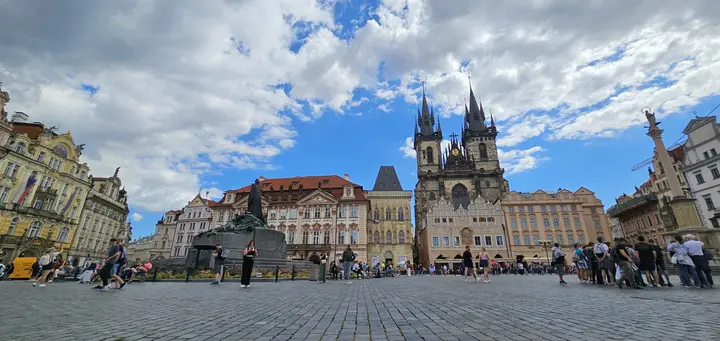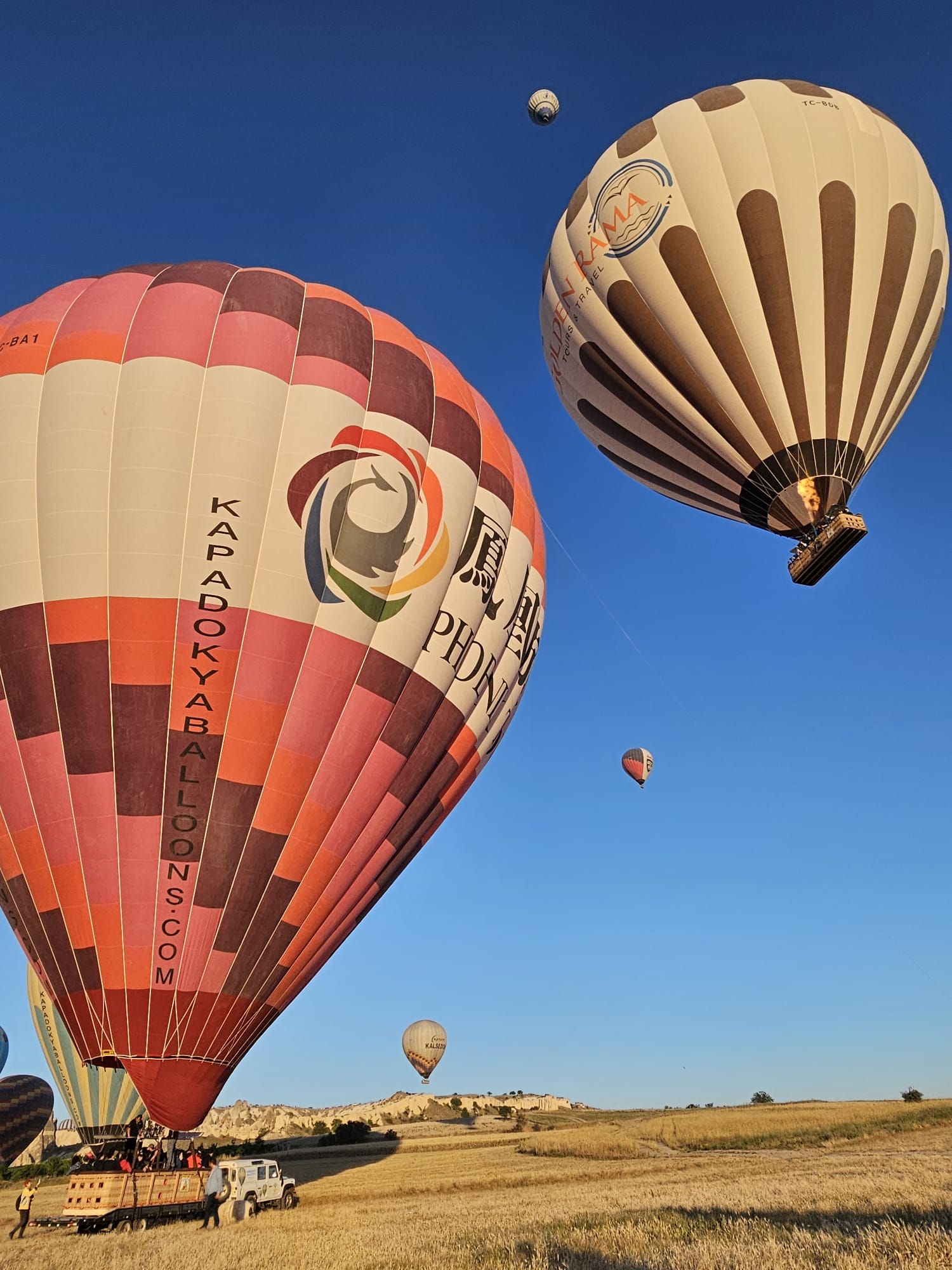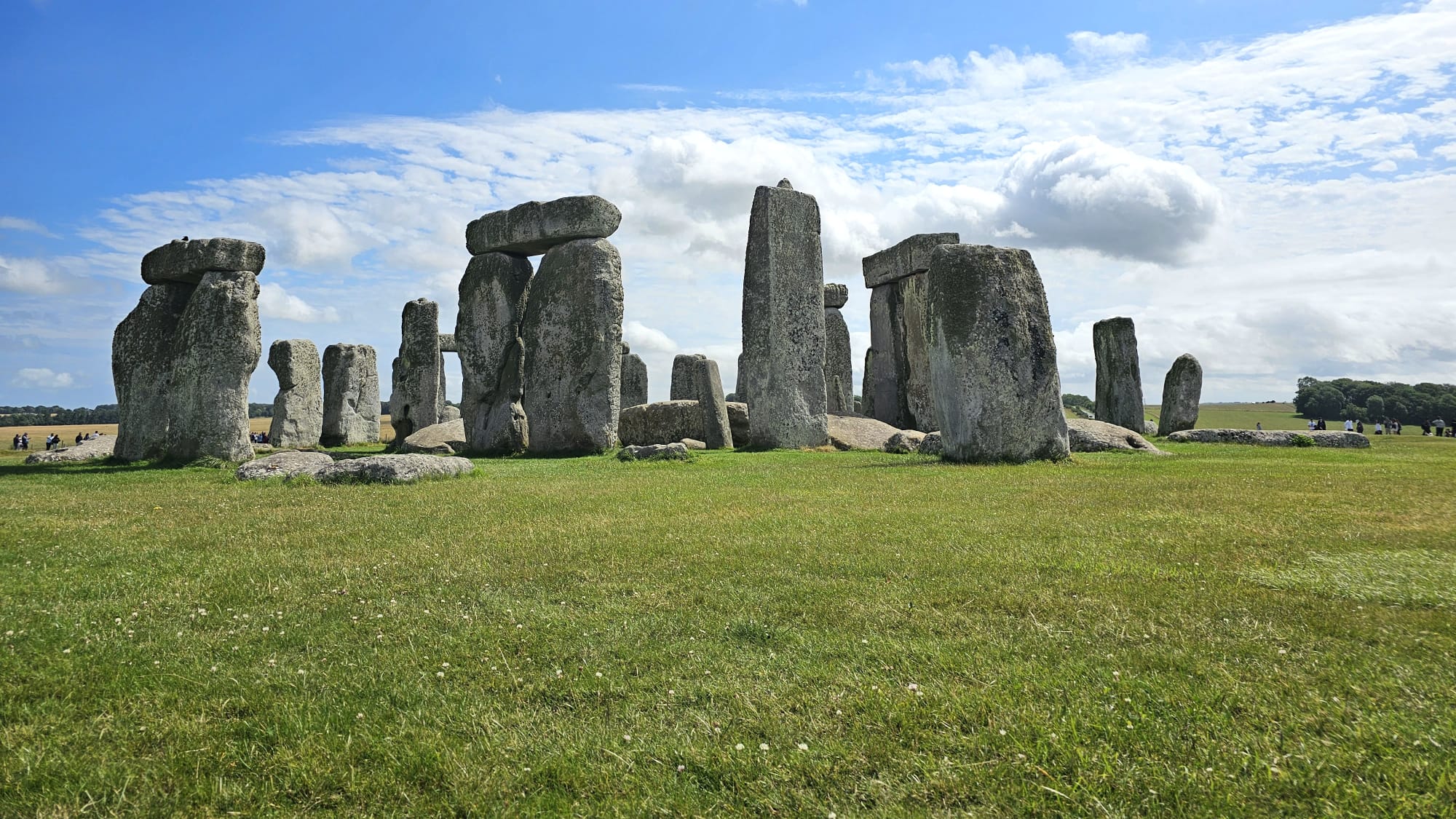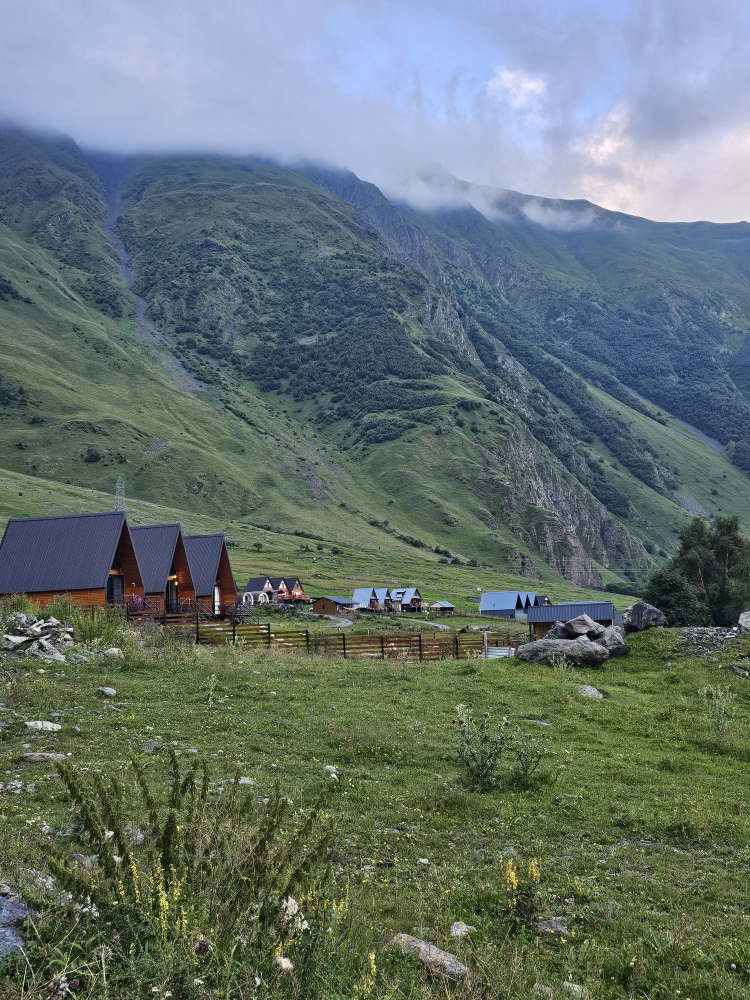A Symphony of Spires!
Prague remains one of Europe’s most enchanting destinations—a city where fairytale charm meets centuries of layered history. With its storybook spires, cobblestone streets, and vibrant culture, the Czech capital is best explored on foot, one scenic stroll at a time.
🏰 Is Prague Still Worth the Hype?
Often called the “City of a Hundred Spires,” Prague captivates with its dreamy blend of Gothic, Baroque, and Renaissance architecture. Iconic landmarks like Charles Bridge and Prague Castle are not just photo ops—they're windows into a deep, complex history.
But Prague isn't without its drawbacks. Tourist hotspots can be uncomfortably crowded, especially during peak seasons. Some areas are saturated with overpriced restaurants and souvenir shops. Budget travelers may struggle to find affordable, conveniently located accommodations.
Still, despite the crowds, Prague’s magic is undeniable. With a little planning, you can enjoy the city’s authentic charm beyond the tourist traps.
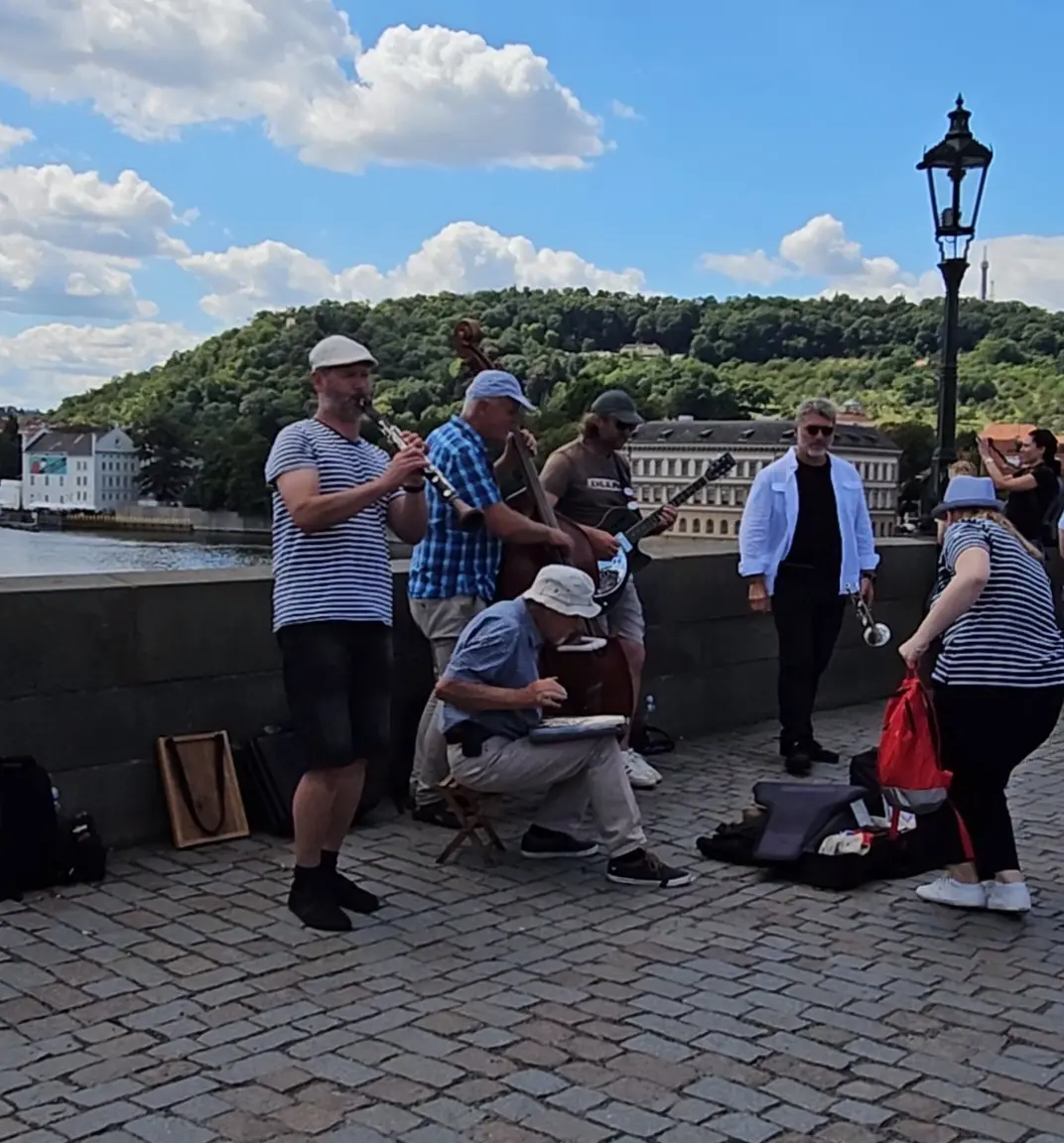
⏳ Is Three Days Enough for Prague?
Three days is the perfect introduction to Prague. You’ll be able to see major landmarks, explore historic neighborhoods, and soak up the city’s unique atmosphere—without rushing. If it's your first visit, this itinerary offers a satisfying blend of iconic sights, cultural gems, and hidden corners.
🌤️ Best Time to Visit Prague
Each season brings its own flavor to the city:
Spring (March-May)
Blossoms decorate the streets and gardens, with mild temperatures (10°C–20°C) perfect for walking. Tourist crowds are lighter, making it a pleasant time to explore.
Summer (June - August)
Expect sunshine, outdoor festivals, and lots of fellow travelers. Temperatures peak around 30°C, and the energy is high. Just be ready for crowds at top attractions.
Autumn (September - November)
Golden foliage drapes the city in a romantic glow. The weather (10°C–15°C) is cool and comfortable, and the crowds start to thin, making it a great time to visit.
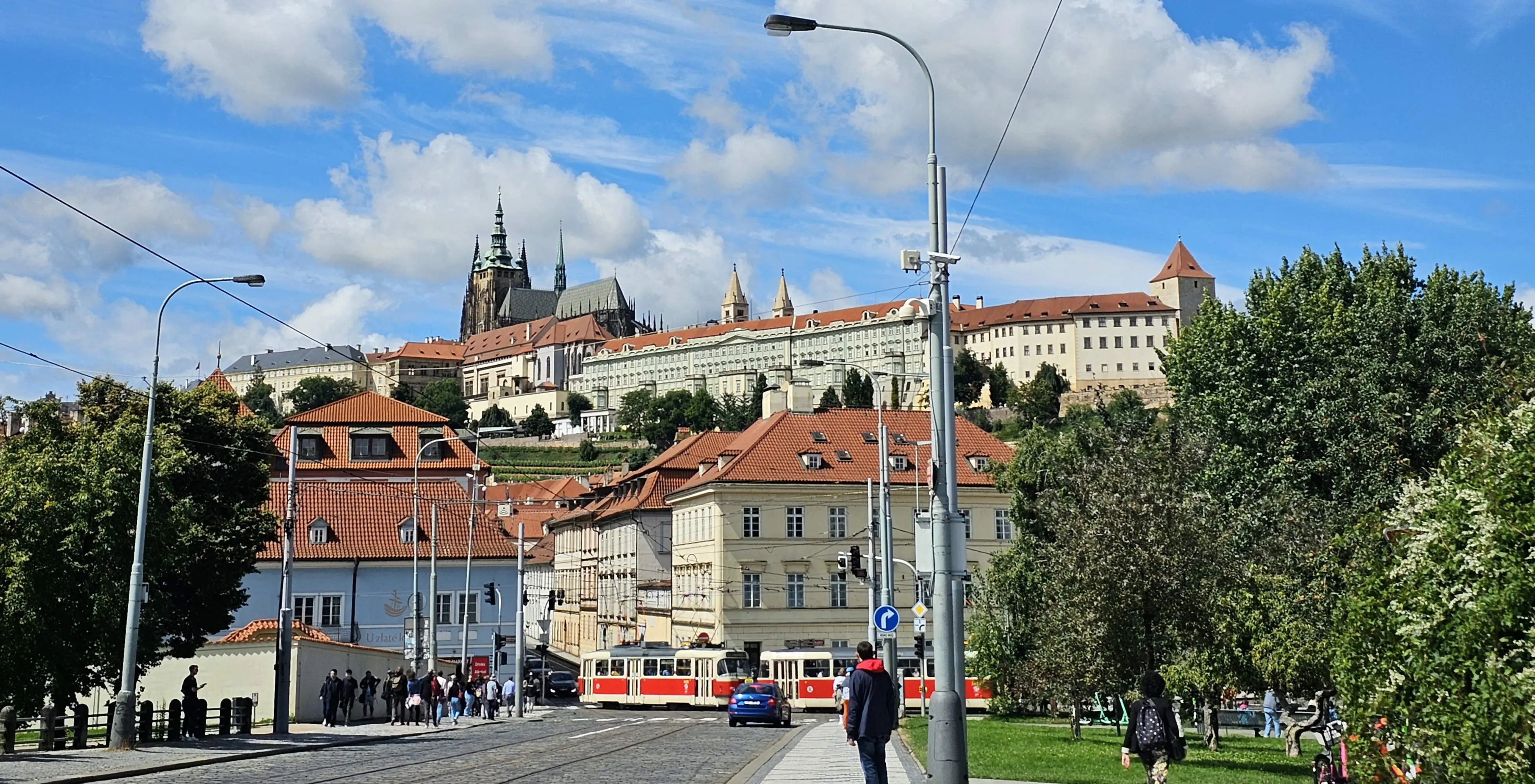
🚄 Getting from Prague Airport to the City Center
Prague Václav Havel Airport (PRG) is about 17 km from the city center and is well-served by multiple transport options:
Airport Express Bus (AE)
→ To: Hlavní nádraží (main train station)
→ Cost: 60 CZK (€2.50)
→ Time: ~35 min
→ Tip: Ideal if staying near the train station or catching a train onward.
Public Bus + Metro
→ Bus 119 (to Metro A) or Bus 100 (to Metro B)
→ Cost: 40 CZK (€1.60) for a 90-min ticket
→ Time: ~45–60 min
→ Tip: Buy tickets from vending machines or onboard (cash only).
Airport Shuttle
→ Cost: 350 CZK (€14)
→ Time: 30–45 min
→ Tip: Book in advance for door-to-door service.
Taxi
→ Cost: 700–800 CZK (€28–€32)
→ Time: ~25–30 min
→ Tip: Use AAA Radiotaxi or Tick Tack and confirm fare before riding.
Ride-Sharing (Uber/Bolt)
→ Cost: 500–700 CZK (€20–€28)
→ Time: ~25–30 min
→ Tip: Book through the app and follow airport pickup instructions.
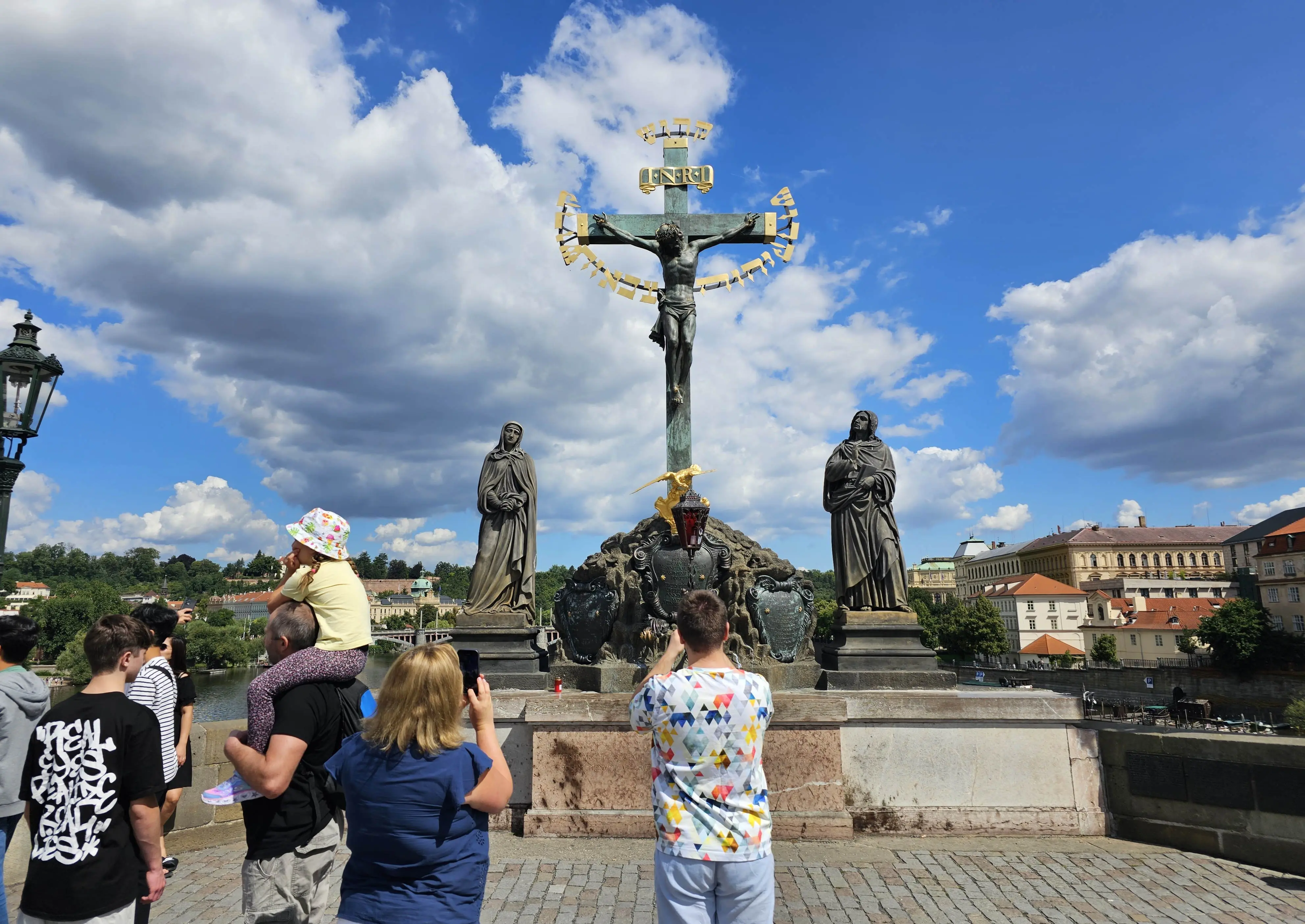
🚇 Getting Around Prague
🚶♂️ On Foot
Prague is a walker’s paradise. Most major sights are close together in the historic center.
Tip: Cobblestones are charming but tough on feet—wear comfortable shoes.
🚲 By Bike
Biking is growing in popularity, with rentals and sharing services like Rekola and Lime widely available.
🚖 Taxis and Ride-Sharing
Taxis cost around 28 CZK (€1.10) per kilometer. Stick to reputable companies or use Uber/Bolt for convenience and transparency.
🚋 Public Transport
Prague’s metro, tram, and bus network is extensive and reliable.
- Metro: 3 lines (A, B, C); fastest way to cover long distances
- Trams: Excellent for sightseeing (e.g., Tram 22)
- Buses: Useful for airport and suburban travel
Tickets
- 30 mins: 30 CZK (€1.20)
- 90 mins: 40 CZK (€1.60)
- 24 hours: 120 CZK (€4.80)
- 72 hours: 330 CZK (€13)
Validate tickets at metro entrances or inside trams/buses.
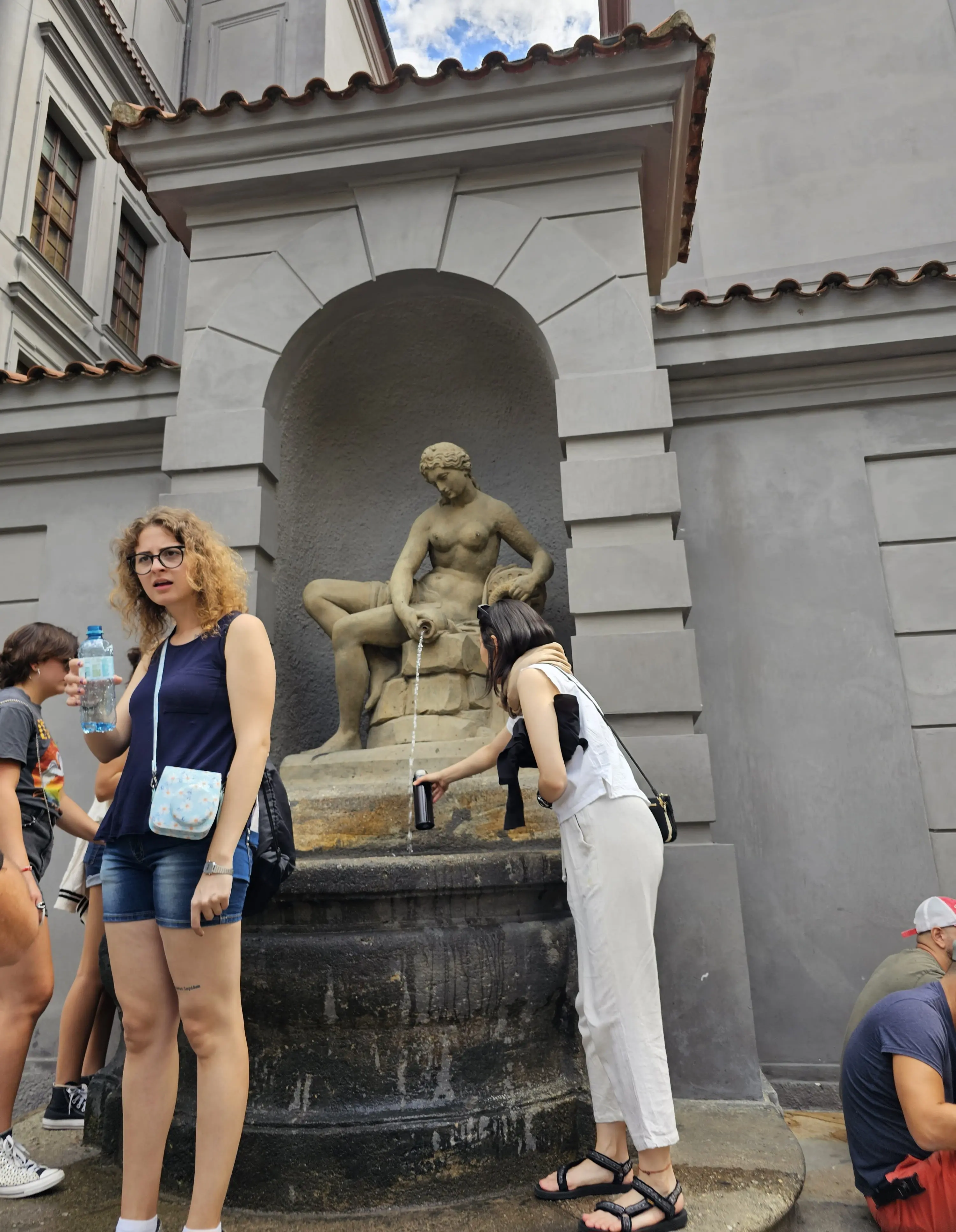
✈️ Visa Application For Filipinos
Filipino citizens planning to visit Prague, Czech Republic, need to apply for a Schengen visa (Type C).
Requirements:
- Visa Application Form
- Passport
- Photographs
- Travel Itinerary
- Travel Insurance
- Proof of Accommodation
- Proof of Financial Means
- Cover Letter
- Proof of Civil Status
🛏️ Top Places to Stay in Prague
✅ Must-Do Activities in Prague
🗺️ The Itinerary
Day 1: Exploring the Heart of Prague
Wander Old Town (Staré Město)
The historic centre of Prague is filled with charming cobblestone streets, medieval architecture, and bustling squares. Old Town is home to many historic buildings and landmarks dating back to the 9th century. Wear comfortable shoes for walking and take time to explore the narrow alleyways.

Lost in the timeless beauty of Old Town Square, where history comes alive Powder Gate Tower
A Gothic-style tower that once served as a gunpowder storage facility and is one of the original city gates. The Powder Gate Tower marks the beginning of the Royal Route, the traditional path taken by kings during coronation processions. Climb to the top for a panoramic view of Old Town.

feels like entering a fairy tale Municipal House
An Art Nouveau building that hosts concerts, exhibitions, and the famous Smetana Hall. The building is adorned with works by famous Czech artists, including Alfons Mucha. Take a guided tour to appreciate the intricate interiors and historical significance.
Old Town Hall Tower
A historic tower offering stunning views of the city, and is home to the famous Astronomical Clock. The clock is the third oldest astronomical clock in the world and the oldest one still operating. Visit the tower at the hour to see the clock's procession of the Twelve Apostles.
Astronomical Clock
A medieval clock that not only tells time but also displays astronomical information. The clock was installed in 1410, making it over 600 years old. Arrive a few minutes before the hour to get a good viewing spot for the clock's animated show.

timeless charm of Prague's Astronomical Clock Church of Our Lady Before Tyn
A striking Gothic church with twin spires that dominate the Old Town skyline. The church's towers are asymmetrical, which is a characteristic feature of Gothic architecture. Visit the interior to see the ornate altar and medieval art.
House at the Golden Ring
A historic house that now serves as a museum showcasing Prague's medieval history. The house gets its name from the golden ring that adorns its facade. Check out the exhibitions to learn more about the city's past.
Speculum Alchemiae
A museum dedicated to the history of alchemy in Prague, with reconstructed laboratories and artefacts. The museum is located in a building that was once an actual alchemist's laboratory. Take a guided tour to fully appreciate the exhibits and their historical context.
Spanish Synagogue
A beautiful synagogue with a richly decorated interior is part of the Jewish Museum in Prague. The Spanish Synagogue is named for its Moorish Revival style, reminiscent of the Alhambra in Spain. Don't miss the exhibitions on the history of Jews in Bohemia and Moravia.
Prague Jewish Quarter (Josefov)
A historic area with synagogues, museums, and the Old Jewish Cemetery. The Jewish Quarter has been a centre of Jewish life in Prague for centuries and is one of the best-preserved Jewish historical sites in Europe. Purchase a ticket that includes entry to multiple sites in the Jewish Quarter.
Pariszka Street
A luxurious shopping street lined with high-end boutiques and designer stores. The street is named after Paris and is known for its elegant Art Nouveau buildings. Even if you're not shopping, it's worth a stroll to admire the architecture.
Old Jewish Cemetery
One of the oldest Jewish cemeteries in Europe, with tombstones dating back to the 15th century. Due to space constraints, the cemetery has layers of graves, with some tombstones stacked on top of each other. Take time to read the inscriptions and reflect on the history.
Rudolfinum
A neo-Renaissance building that serves as a concert hall and art gallery. The Rudolfinum is home to the Czech Philharmonic Orchestra. Check the schedule for concerts and exhibitions during your visit.
Jerusalem Synagogue
A colourful and ornate synagogue built in the Moorish Revival style. The synagogue was built to replace several smaller synagogues that were demolished during the redevelopment of the Jewish Quarter. Visit during open hours to appreciate the vibrant interior.
Wenceslas Square
A bustling square that is a centre of commerce and culture in Prague. Wenceslas Square has been the site of many historical events, including protests and celebrations. Visit the square in the evening to see it illuminated and enjoy the lively atmosphere.
Day 2: Prague’s Icons and Lesser-Known Treasures
Sunrise at Charles Bridge
A historic stone bridge adorned with statues offering stunning views of the Vltava River and Prague Castle. The bridge was commissioned by King Charles IV in 1357 and has survived numerous floods and battles. Arrive early in the morning to avoid the crowds and capture beautiful sunrise photos.
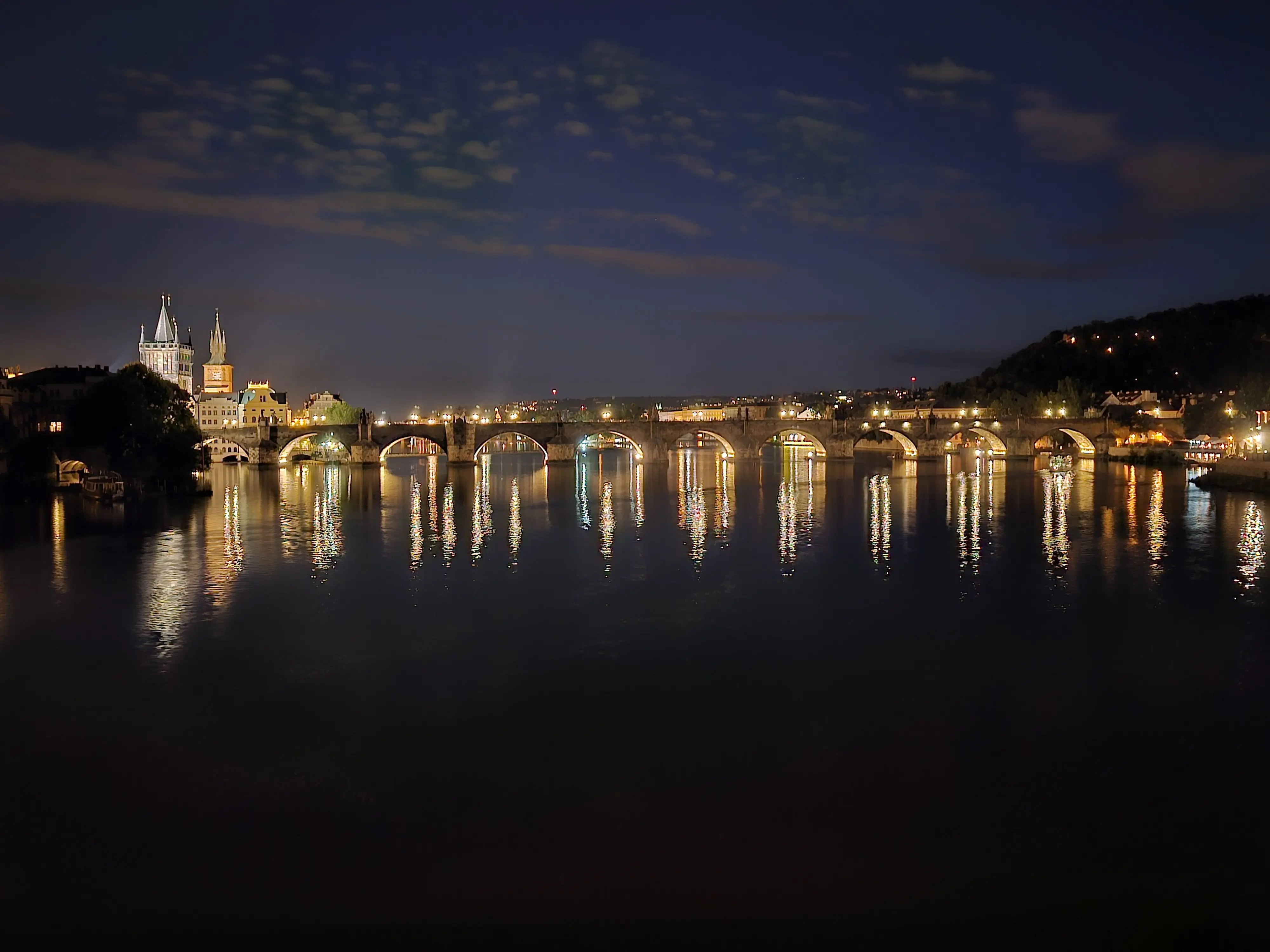
Serenity flows, reflecting the timeless beauty of Prague Prague Castle
The largest ancient castle complex in the world, home to the Czech president and several historic buildings. The castle has been a seat of power for the kings of Bohemia, Holy Roman emperors, and presidents of Czechoslovakia. Allocate several hours to explore the castle grounds, including the gardens and courtyards.
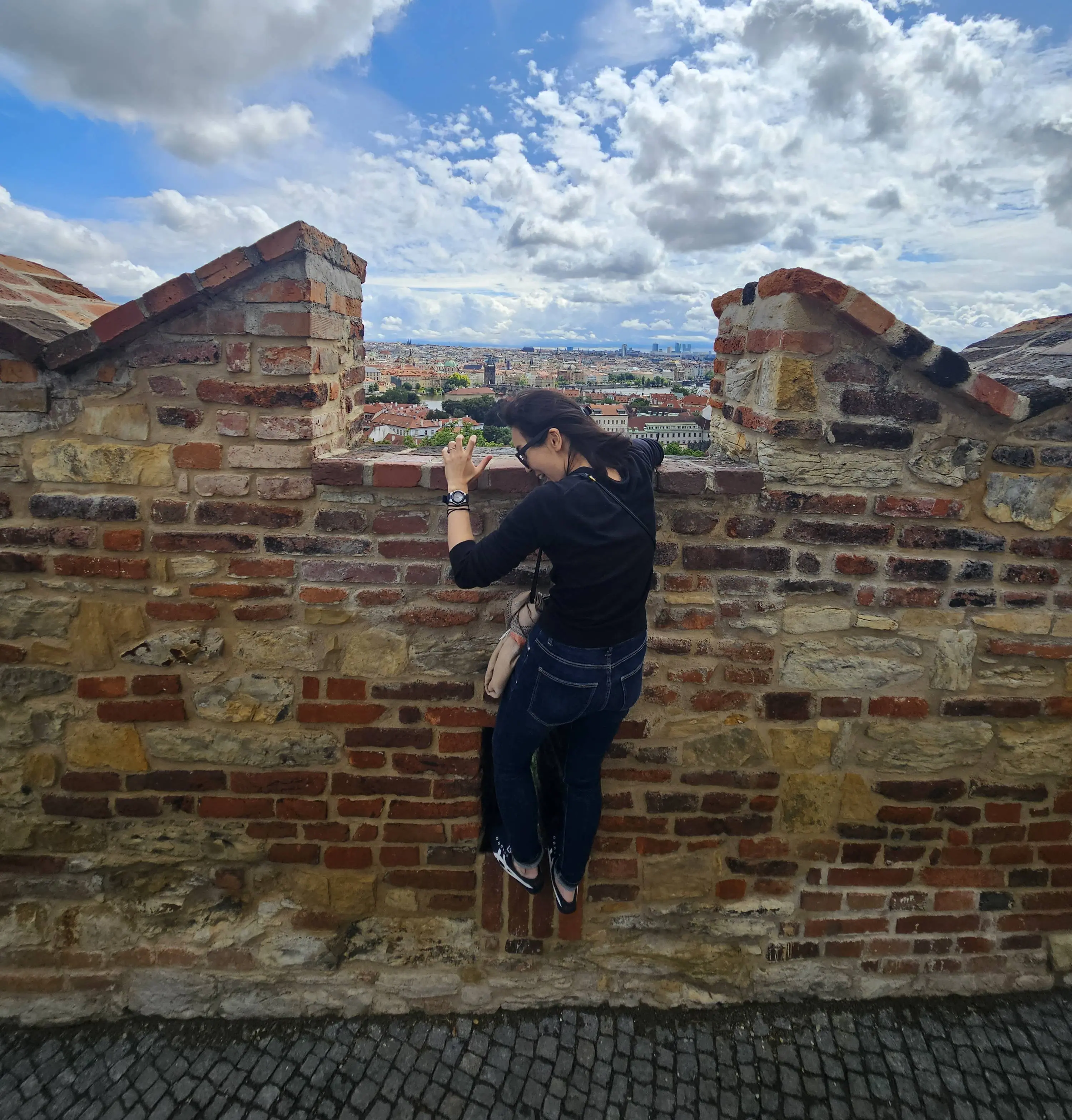
peek from the Castle walls Changing of the Guard at Prague Castle
A ceremonial event where the castle guards change positions, accompanied by music and fanfare. The tradition dates back to the 16th century and is a popular attraction for visitors. The main ceremony takes place at noon, but smaller changes occur every hour.
Vitus Cathedral
A magnificent Gothic cathedral located within Prague Castle, known for its stunning stained glass windows and intricate architecture. The cathedral took nearly 600 years to complete, with construction starting in 1344 and finishing in 1929. Climb the South Tower for a panoramic view of Prague.
Villa Bílek
The former residence and studio of Czech sculptor František Bílek is now a museum showcasing his works. The villa was designed by Bílek himself and reflects his artistic vision and philosophy. Explore the unique architecture and learn about Bílek's life and art.
Loreto
A baroque pilgrimage site with a beautiful church, cloister, and treasury. The site is a replica of the Holy House of Loreto in Italy, believed to be the home of the Virgin Mary. Visit the treasury to see the famous Loreto jewels, including the diamond monstrance.
Strahov Monastery
A historic monastery with a stunning library and a brewery. The monastery's brewery has been producing beer since the 13th century, and you can sample their brews at the on-site restaurant. Don't miss the Theological and Philosophical Halls in the library, which are known for their ornate ceilings and vast collections of books.
Church of Saint Nicholas
A baroque church in the Lesser Town (Mala Strana) known for its impressive interior and beautiful frescoes. The church's dome is one of the largest in Europe, and the interior features stunning marble and gold decorations. Attend a classical music concert in the church for an unforgettable experience.
Mala Strana
Also known as the Lesser Town, this picturesque district is filled with charming streets, historic buildings, and beautiful gardens. Mala Strana was founded in 1257 and has retained much of its medieval character. Take a leisurely stroll through the area and explore the hidden courtyards and quaint shops.
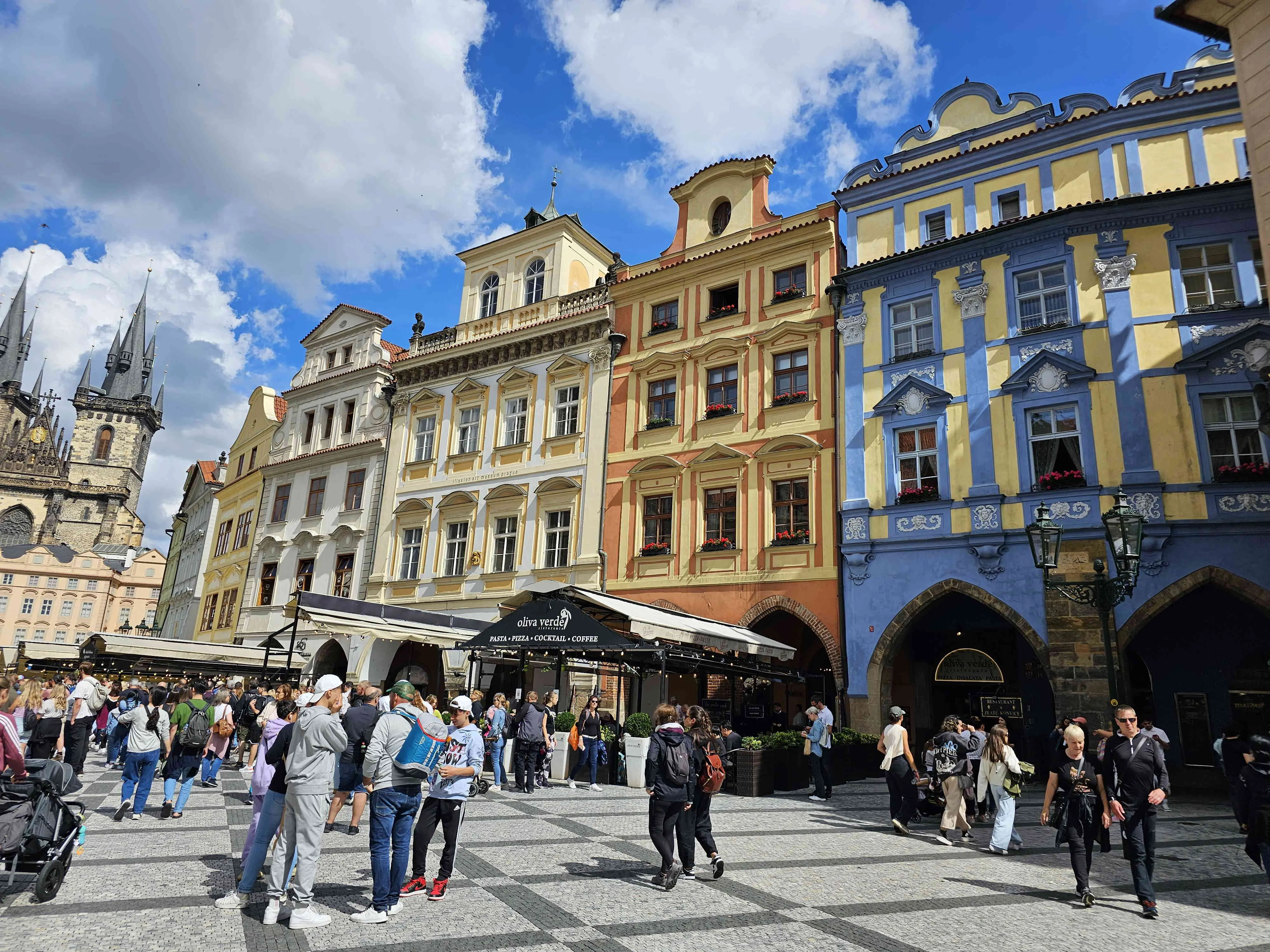
enchanting streets of Mala Strana Church of Our Lady Victorious
A baroque church famous for housing the statue of the Infant Jesus of Prague, a revered religious icon. The statue of the Infant Jesus of Prague is believed to have miraculous powers and attracts pilgrims from around the world. Visit the church to see the statue and learn about its history and significance.
Lennon Wall
A colourful wall covered in graffiti and artwork dedicated to John Lennon and the ideals of peace and love. The wall started as a tribute to John Lennon after his assassination in 1980 and has since become a symbol of freedom and expression. Bring a marker or paint to add your own message or artwork to the wall.
Museum Kampa
A modern art museum located in a historic mill on the banks of the Vltava River. The museum features works by renowned artists such as František Kupka and Otto Gutfreund, as well as temporary exhibitions by contemporary artists. Explore the museum's collection of Central European modern art and enjoy the beautiful riverside location.
Day 3: Art, History, and Unique Perspectives
Gallery of Steel Figures
An innovative museum showcasing life-sized sculptures made entirely from recycled steel. The sculptures are created from scrap metal and car parts, promoting sustainability through art. Take your time to admire the intricate details of each figure, which range from animals to pop culture icons.
Man Hanging Out
A quirky sculpture by David Černý depicting Sigmund Freud hanging by one hand from a beam. The sculpture has caused several calls to emergency services from people mistaking it for a real person in distress. Look up when you're on Husova Street in Old Town, as the sculpture is suspended high above the ground.
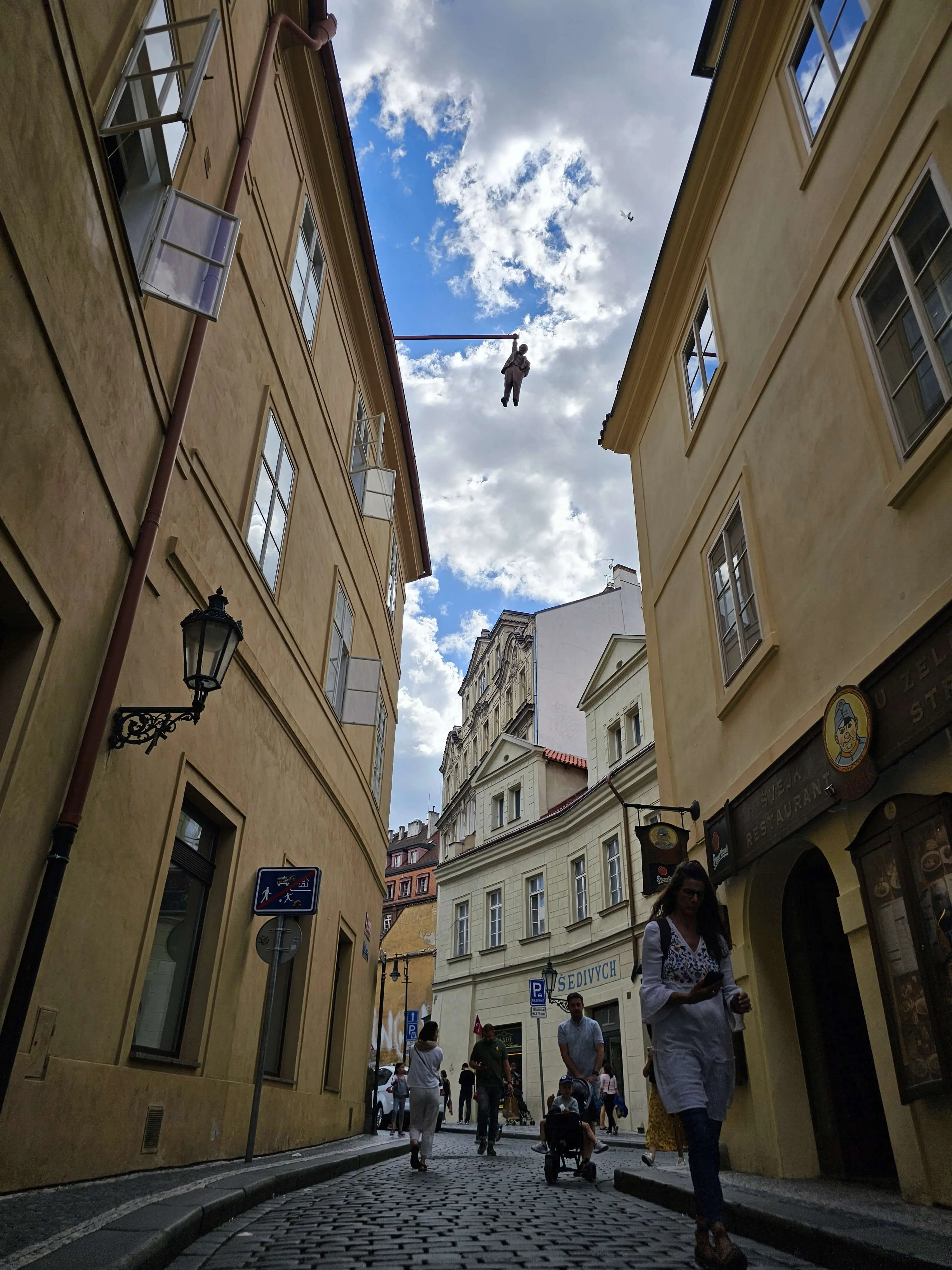
Look up! Klementinum
A historic complex that includes the National Library, Baroque Library Hall, and the Astronomical Tower. The Klementinum is one of the largest building complexes in Europe and has been a centre of learning since the 16th century. Take a guided tour to fully appreciate the Baroque architecture and historical significance.
Head of Franz Kafka
A mesmerising, rotating sculpture by David Černý that depicts the head of the famous Czech writer Franz Kafka. The sculpture is made up of 42 rotating panels and stands 11 meters tall. Visit during the day to see the sculpture's reflective surfaces catch the light and watch as the layers rotate to form Kafka's face.
New Town (Nové Město)
A vibrant district founded in the 14th century by Charles IV, known for its wide streets, squares, and modern amenities. Despite its name, New Town is over 600 years old and was meticulously planned to accommodate Prague's expanding population. Explore Wenceslas Square, the Dancing House, and the many shops and cafes.
Cyril and Methodius Cathedral
A Baroque cathedral is known for its role in World War II as the hiding place of Czech resistance fighters. The cathedral's crypt is now a National Memorial to the Heroes of the Heydrich Terror. Visit the crypt to learn about Operation Anthropoid and the assassination of Reinhard Heydrich.
Emmaus Monastery
A Gothic monastery founded in 1347, known for its unique twin spires and beautiful frescoes. The monastery was heavily damaged during World War II but has since been restored to its former glory. Explore the cloisters and the church to see the medieval frescoes depicting scenes from the Bible.
Brick Gate
A historic gate that was once part of the fortifications of the Vyšehrad fortress. The gate is one of the oldest surviving parts of the Vyšehrad fortifications, dating back to the 10th century. Walk through the gate to enter the Vyšehrad complex and explore its many historical sites.
Vyšehrad Gallery
An art gallery located within the Vyšehrad fortress showcasing contemporary Czech art. Vyšehrad is one of the oldest parts of Prague and offers stunning views of the city from its elevated position. Combine your visit with a walk around the Vyšehrad complex to enjoy both art and history.
Gothic Cellar
A medieval cellar that now serves as a unique exhibition space, often hosting art and history exhibitions. The Gothic Cellar is part of the larger complex of the House at the Stone Bell, which dates back to the 13th century. Check the schedule for current exhibitions and events.
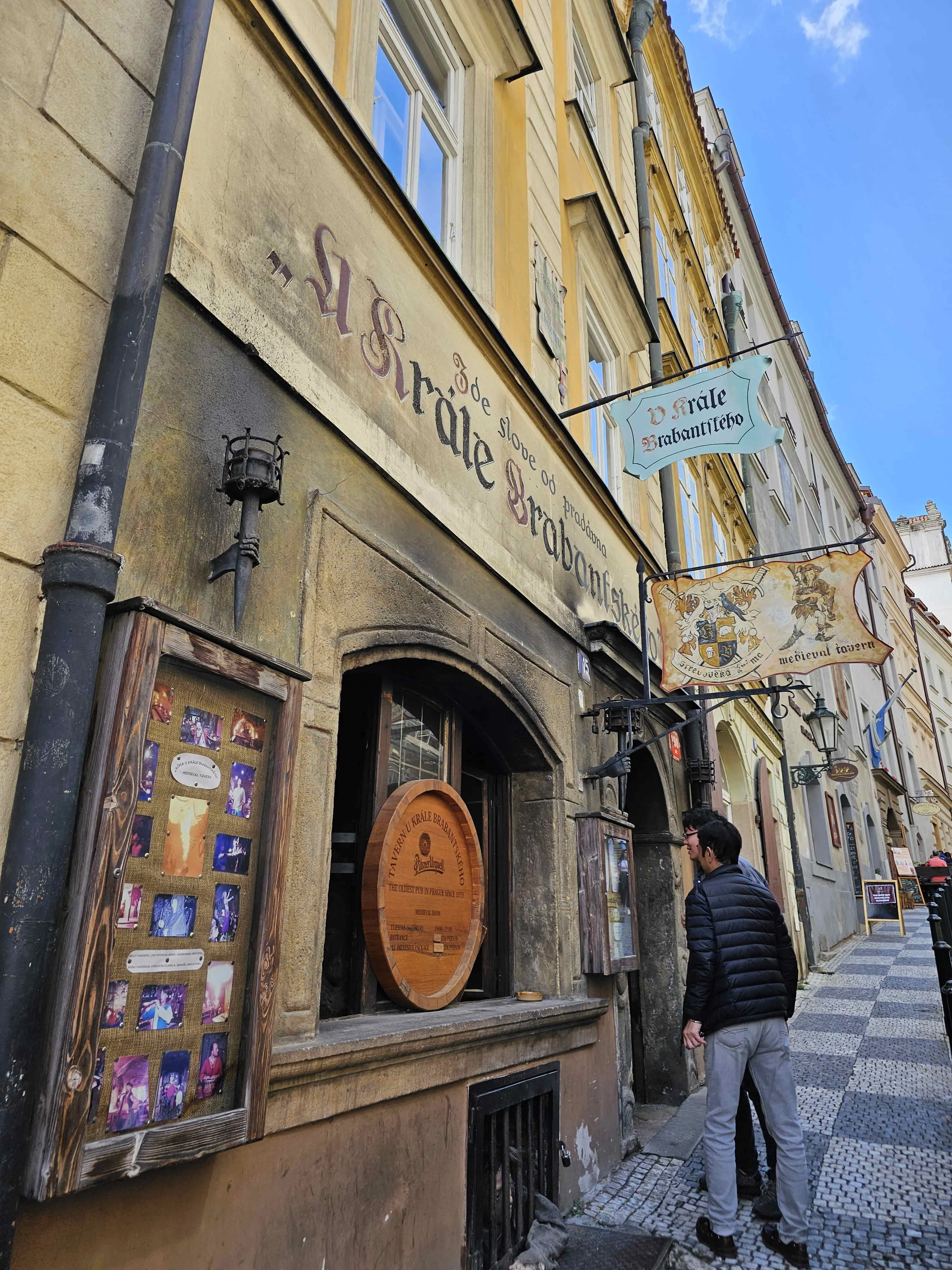
⚠️ Final Tips for Prague
- Currency: Czech koruna (CZK). Credit cards are widely accepted.
- Language: Czech, but English is spoken in most tourist areas.
- Safety: Very safe, but watch for pickpockets in busy spots.
- Tipping: 10% is appreciated in restaurants.

